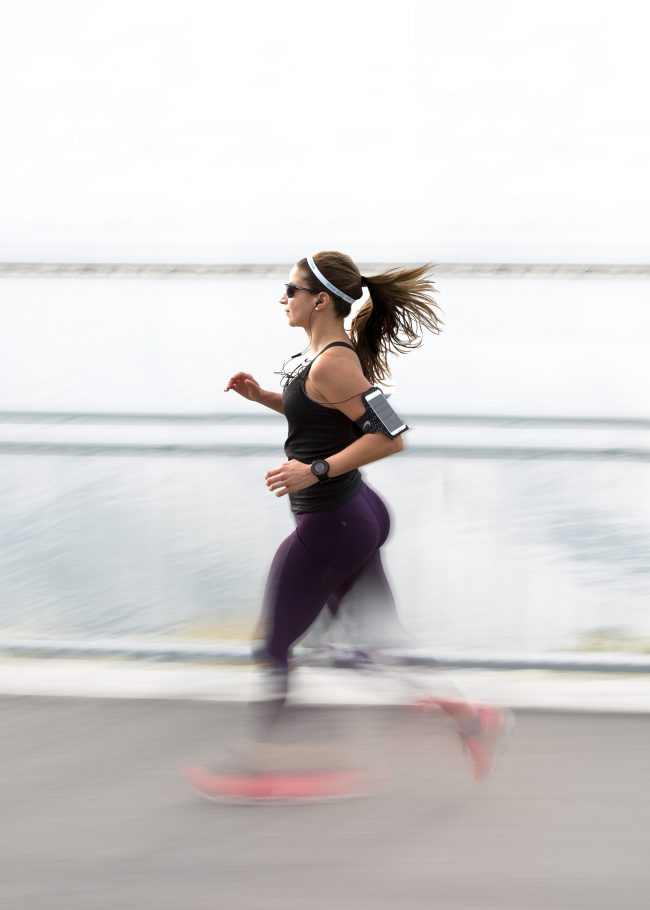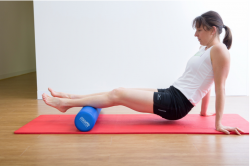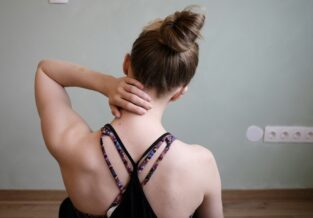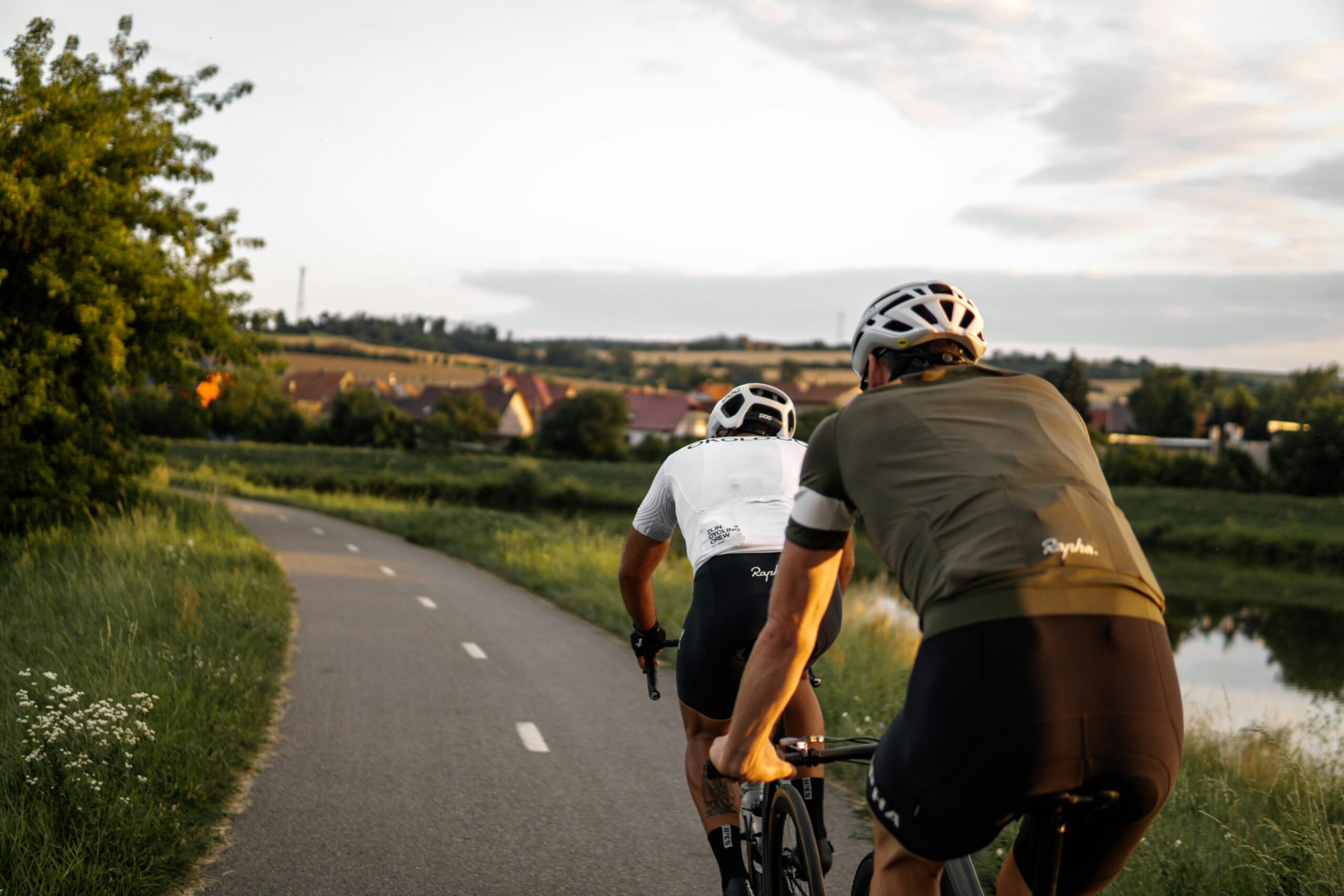Common Injuries New Runners Experience
Published on
28 Aug 2017

Call us on: (03) 9975 4133
All runners experiences a few minor injuries here and there, but for new runners it can be difficult to pin-point why these injuries occur and how to treat them when they do! In today's article Annie McCrystal lists the most common injuries that new runners experience and shares her tips on treating them.
1. Knee Pain
Many new runners experience knee pain and immediately attribute this pain to ‘dodgy knees in the family’. But there are many things that can contribute to this sort of pain, and here are just a few:
- Overuse of the muscles at the front of the legs (quads, hip flexors, shins), underusing the muscles at the back of the legs (glutes, calves).
TIP: Do some glute bridging exercises to strengthen glutes and some steady calf raises to help your push off power. - Not releasing quads.
TIP: Foam Rolling is the great for this so don’t forget to foam roll both before AND after a run is best! - Running gait – too much impact through the joints from over-striding.
- Too much load through the front of the knee with forefoot running.
2. Back Pain
- Tension in upper back and front of hips – causes hinge in low back/over-arch and/or over-twisting -> this is often caused by sitting too much!
TIP: Try to break up sitting at work with some walk breaks or even a walking meeting! - Weakness in glutes causes sideways tilt of pelvis which results in compression of the side of the vertebrae.
3. Calf Tightness
- Weakness in the glutes causes overload in calves at push off.
- Changing technique to ‘forefoot striking’ too quickly or incorrectly.
TIP: Transforming into a ‘forefoot runner’ should be done gradually over about a 12 month period.
4. Achillies Tendon
- Sudden change in activity – introducing impact to previously low impact routine will overload the tendon.
TIP: If you are unwell or go on holiday, be very gradual in your return to activity after that period of rest. - Poor hip/knee/ankle biomechanics.
- Weakness and/or tightness in the calves.
- Inappropriate footwear.
5. Plantarfascia Pain
- Similar to achilles.
- Sudden change in activity.
- Poor ankle/foot biomechanics.
- Weakness and/or tightness in the calves.
TIP: Calf raises to strengthen and foam rolling for release. - Inappropriate footwear.

6. General Issues
- Not having good baseline strength before undertaking a run program – it’s still important to have strength in the major lower limb muscle groups in order for your body to withstand the forces involved in running – quads, glutes, hamstrings and calves are really important muscle groups for running.
- Not doing regular release work on said important muscles.
TIP: Make your foam roller your best friend! - Poor running technique/biomechanics.
TIP: Complete a Running Assessment to ensure you are running safely. - Inappropriate footwear.
TIP: Book a podiatry appointment for assessment and recommendations on running shoes.

We’re Here to Help!
If you are experiencing any of the above and would like some advice on how to treat, cure and prevent these issues then contact our reception team and make a booking with one of our friendly physiotherapists today!
We also offer Run Assessments to specifically look at how you run and can advise on strength and technique adjustments so you can comfortably start/continue running!


